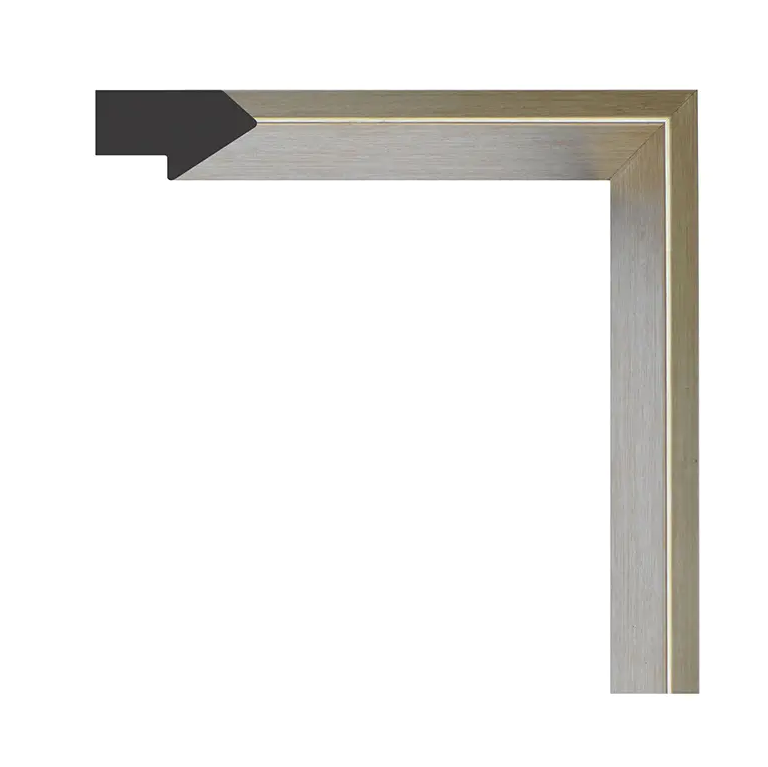Whether Wood Framing Moulding can be used in bathrooms and other high-humidity environments is a common question among homeowners and interior designers. Bathrooms are unique spaces in any home because of their frequent exposure to moisture, condensation, and temperature fluctuations. These conditions can pose significant challenges for any building material, especially wood, which is naturally porous and susceptible to swelling, warping, or even mold if not properly treated. However, Wood Framing Moulding can still be a viable option in these environments, provided that careful material selection, finishing, and installation practices are followed.
Wood Framing Moulding is traditionally favored for its classic aesthetic, ease of customization, and timeless appeal. In drier areas of a home, it adds depth and elegance to walls, ceilings, windows, and doors. But when considering its use in bathrooms, several factors come into play. First and foremost, the type of wood used for the moulding is critical. Certain hardwoods, such as teak, cedar, or redwood, are more naturally resistant to moisture than softwoods like pine. These moisture-resistant woods, although often more expensive, are better suited for bathroom environments due to their durability under humid conditions.
In addition to selecting the right type of wood, the way Wood Framing Moulding is sealed or finished also plays a key role in its moisture resistance. To prepare the moulding for installation in a bathroom, it must be properly sealed on all sides, including the back, which is typically in contact with the wall. Applying high-quality primers, water-resistant paints, or clear sealants can create a protective barrier that prevents moisture from seeping into the wood. Regular maintenance of the finish is necessary to ensure long-term protection, especially in areas where steam and water exposure are frequent.
Installation techniques can also influence how well Wood Framing Moulding performs in a moist environment. For example, allowing for slight expansion and contraction of the wood by not fitting pieces too tightly can prevent buckling or cracking over time. It’s also advisable to use water-resistant adhesives or fasteners and to avoid placing the moulding too close to areas with direct water exposure, such as shower enclosures or bathtubs. Good ventilation in the bathroom, including exhaust fans or windows, will further reduce humidity levels and prolong the life of the moulding.
In some cases, engineered or composite moulding products that mimic the look of real wood but offer enhanced moisture resistance may be a better choice for extremely damp spaces. However, many homeowners still prefer the authenticity and warmth of real Wood Framing Moulding, and with the right precautions, it can serve both decorative and functional purposes in a bathroom setting.
In conclusion, Wood Framing Moulding can be used successfully in bathrooms and other humid environments if you choose the right type of wood, apply a proper finish, and follow appropriate installation methods. It requires a bit more attention to detail and ongoing care than in dry areas, but the aesthetic payoff can be well worth it. With thoughtful planning and execution, the natural beauty of wood can enhance even the most moisture-prone rooms in your home.
Width: 14mm
Height: 34mm
Length: 3.05m
Pieces: 50
Total Meters: 152.50m
